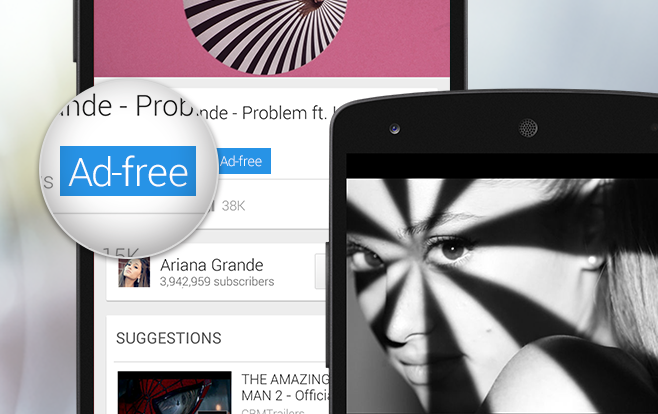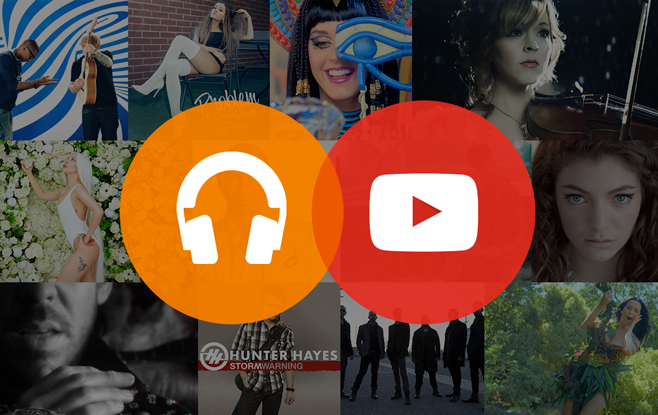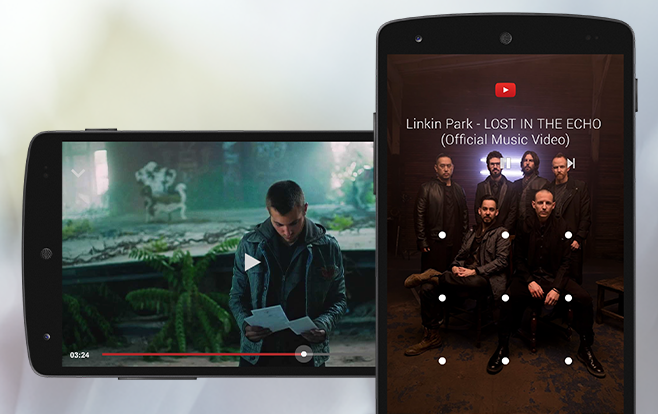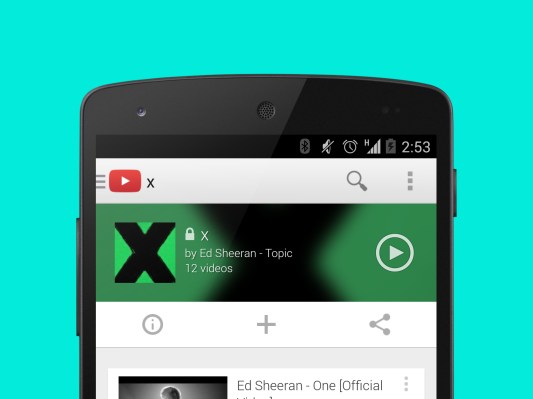YouTube finally unveiled its subscription music service today, and in some ways it’s very much like existing streaming music services, especially since it comes bundled with Google Play Music All Access. But YouTube Music Key also very much not like other streaming music services, because of the ways in which music is (or rather isn’t) defined on YouTube.
One of the first questions I had about Google Music Key was how the company would define what kind of content from YouTube gets included: Would a home-shot cover of a Black Keys song with 253 views be as ad-free as the official music video for the original? Or was this a private club, designed for the traditionally defined music industry? Turns out, the nature of what Music Key encompasses is somewhat of a moving target, and the limited beta access that will initially gate entry to the service is in part due to that variability.

Consider YouTube’s music trajectory to date: Evolution of Dance was the first 100 million view video; Justin Bieber launched his undeniably successful career on the platform; lyric videos began as fan-created tributes and become defacto for artists themselves; covers have launched careers and let amateur artists meet their heroes; viral hits from Gangnam Style, to the “Forever” wedding aisle entrance, to the Harlem Shake have essentially become the soundtrack of the last decade.
Top 40 isn’t what defines music anymore, nor are favorite hits from beloved movie soundtracks, or even smaller artists with indie cred and a dedicated tour bus convoy following them from dive bar to dive bar. Those are still part of the picture, but as YouTube knows well, the lines between music and – well, everything else, are more blurred than ever before.
“Overall, we rely on the information that we get from our partners, or from the video uploader,” explained YouTube spokesperson Matt McLernon in an interview. “So there are very specific cases like members of the music community, say a label or a publisher, where it’s very clear that it’s music, but the thing that makes YouTube so unique in the music space is, not only is there the traditional music side that everyone knows and loves, but with 300 hours of music and video coming to YouTube every minute, and much of that being music, there’s this whole spectrum of what people call music, or consider music, or share as music.”

Be it covers, live versions, independent creators who self-publish, song parodies, comedy with a musical bent, jingles interspersed with other content, musical game reviews or more, there’s a lot to sift through. But the beta is designed to help Google define music not just by its own standards, but by the standards of those doing the listening and the watching. The aim of the beta is to attract the most dedicated YouTube music fans, who will then offer up feedback including “why isn’t channel x included,” or “why is this here when it doesn’t seem like it should be?”
“We want it to be from both sides – we rely on the information the uploader puts in their YouTube video, but we also want to be an active part in that,” McLernon said. “This is the same concept of what we use to determine recommended or related videos. All the different signals that we’re aware of that would tell us people are playing these videos in the same way that they would play these types of music videos.”
And while the onus is ultimately on Google to define what is and isn’t “music” enough to be included for now, McLernon says that a long-term goal for the company would be developing the service in the same way they evolved their advertising partnership program, which began as something Google picked you out to participate in, complete with tailored agreements, and which eventually opened its doors to all YouTube creators and uploaders to opt into.

Anyone who gets into the category defined as music for the purposes of the subscription will still get the revenue from their ad placements for each playback, even though the ad won’t play when played by an active subscriber. Seeking inclusion and feature slots within the service therefore becomes a new element of running a successful YouTube-based business, and it might mean we see a shift in the way creators build and present their content as a result.
This is just the beginning for YouTube’s subscription strategy, however, and based on how well the Music Key beta goes, it’s definitely possible we’ll see the model applied in one way or another to other categories within the streaming video site, too, McLernon admits. For now, though Google will have a big enough task figuring out, along with its users, what music even means in the YouTube era.
